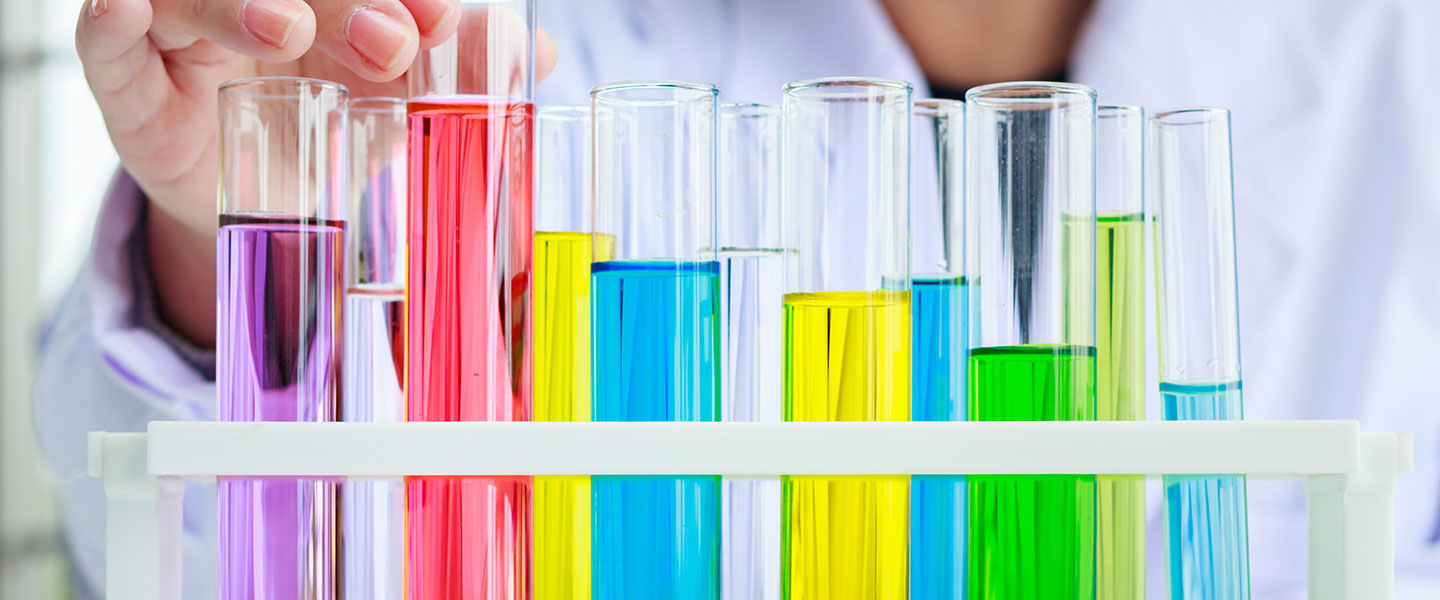Whether you cultivate with photobioreactors, raceways or plastic bags, it is important to pay closely attention to the pH. Indeed, it is one of the key indicators to take into account while launching a culture.
What is the pH?
The pH is the abbreviation of potential hydrogen. It was discovered by Soren Sorenson, a chemist, who studied the making of beer. The pH determines if a solution is acidic, neutral or alkaline by measuring the activity of hydrogen ions.
The pH is a variable without any unit between 0 and 14. It depends on the concentration of hydrogen ions (H+) and hydroxide ions (HO-). A pH solution at 7 is described as “neutral” and will contain the same amount of H+ ions and HO- ions. If the quantity of hydrogen ions is higher, the solution is called “acid” and will be inferior to 7. On the other hand, a solution with a higher number of hydroxide ions is superior to 7 and considered as alkaline.

The pH scale
Methodology for cultivating microalgae with an optimal pH
The pH is part of the list of key parameters to take into account for a growing and stable culture. Being able to interpret it and to regulate it is a crucial step in microalgae production.
Step 1: Know the environment of the microalgae
Every microalgae has its optimal pH. For example, chlorella has an optimal pH at 8,5-9. It is part of the alkaliphilic species. Microalgae that are cultivated in very acid environment (between 0 and 5,5) are part of the group of the acidophiles and microalgae with an optimal pH between 5,5 and 8 are part of the group of the neutrophils as you can see in the illustration below.
Therefore, the first step is to research the best range of pH for your microalgae. It is a parameter that you need to watch to control the growth of your microalgae. If your culture is in an environment with a pH not suited to its need, the growth of your culture can be slow down or inhibited. It is even possible to lose your culture.

The different types of species according to the pH
Step 2: Follow-up on your culture
You searched for the best pH for you culture and you found it. You now have to follow its evolution and analyze the graph. It will be the first indication of the health of your microalgae.
What is the connection between the pH graph and the health of your culture?
The pH is influenced by the carbon dioxide dissolved in the culture. A decrease of the potential hydrogen shows a decrease of the photosynthetic activity. In contrast, an increase of this parameter shows a growth of microalgae. Microalgae consume carbon for their photosynthesis. The CO2 will therefore be less present in the culture and the pH will increase. This increase is a sign that your culture is healthy. The goal will be to stabilize this parameter when the optimal figure is reached.
To follow this parameters, it is important to have tools. A pH sensor will indicate the increases and the decreases. You will then be able to readjust.
Step 3: Regulate the environment of your microalgae
To always offer to your culture the most adapted environment, you are going to want to regulate the pH. This way, you will optimize your productivities and your concentrations.
Previously we talked about the fact that the pH was influenced by the injection of carbon. Therefore, the idea will be to inject a carbon source like the CO2 according to the data collected by your measuring tool. This method will allow you to stabilize to a maximum the pH level.
If the pH increases beyond the acceptable limit of your microalgae, you will inject CO2 to make it decrease.
On the contrary, if it decreases without any injection of CO2, it is necessary to check every culture parameter: is the light adapted? Has the temperature been modified? … You quickly need to find the cause of this decrease or you risk losing your culture.
At Synoxis Algae, we carefully watch the pH level. Therefore, it was essential for us that all our photobioreactors be equipped of a pH probe and a regulation system. NANO, LUCY and JUMBO regulates automatically the pH according to the instructions you want. Also, you can have access to the graph of this parameter directly on our photobioreactors.
The SALT technology in our systems improves the gaseous exchanges by facilitating the dissolution of CO2.



